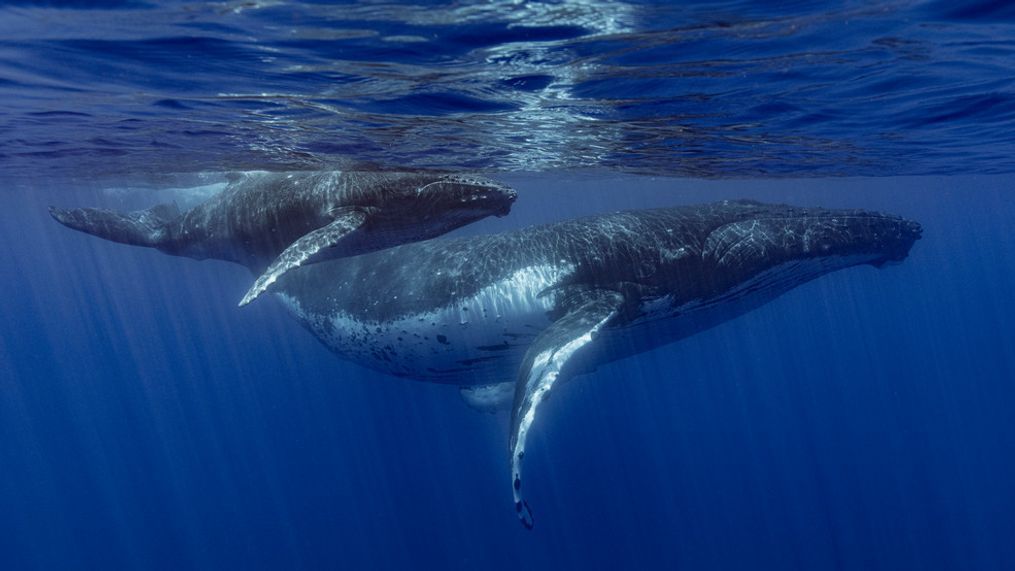Two male humpback whales caught on film while mating for first time
WASHINGTON (TND) — A new study published in the in the journal of marine mammal science is shedding new light on the potential sexual preferences of non-human mammals.
In the article for "Marine Mammal Science," a pair of citizen photographers captured a pair of male humpback whales mating off the coast of the Hawaiian island Maui.
"They shared the photos with me for my opinion, and when I saw them, I was just stunned,” Stephanie Stack, the study's lead writer and aresearcher with the Pacific Whale Foundation based in Maui, told National Geographic.
According to the footage shared with Stack, the two whales were seen copulating in a pair of sessions that lasted around two minutes each.
“We realized pretty quickly that there was a scientific significance to it,” Lyle Krannichfeld, one of the photographers, told NBC News.
Even if there were no articles published or nothing ever came of it, we knew that it was important to the scientific community and those who were studying the whales just because of the unique behavior.
Despite the size and sociability of the humpbacks, scientists say little is known about these gentle giants of the seas, including information related to mating. Experts only recently released the first ever footage of a humpback whale birth, four months before this other encounter.
The lucky snapshots were not only ground breaking because of the same-sex mating but because it was the first time scientists have been able to observe any kind of copulation between humpback whales, same-sex or not.
Humpback whale copulation has never been seen or documented before anywhere in the world,” Stack said. “So, that’s a very special and amazing encounter.
A study published in the scientific journal "Nature Communications" showed that same-sex sexual behavior occurs in at least 241 mammalian species, or about 4% of those total species in the animal class.
"This figure is probably underestimated, because biologists have not traditionally focused on studying [same-sex sexual behavior]," Jose María Gómez, an evolutionary ecologist at Estación Experimental de Zonas Áridas in Spain, told National Geographic -- he also led the study for Nature. "For this reason, studies such as the present one are very welcome."



